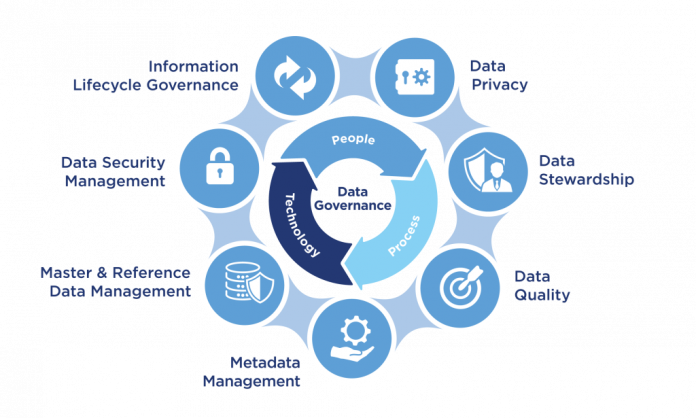Uber gives data governance as much importance as it gives to its customer experience
For any organization that creates, manages, or uses data, data governance is a critical foundation. The way to manage data must be consistent with the organization’s data definition, data quality definition, and data governance framework. Inconsistent data can cause significant problems for the organization, including increased operational costs, decreased customer satisfaction, and risk of regulatory compliance issues.
Uber, the company that operates in 70 different countries and 10000 different cities, has set up its data governance framework in a way that is almost fail-proof. Flexible engineering, keeping the eye on changing policies, and updating the framework as and when required are the three things that have helped Uber.
“Looking at the global aspects, Uber operates in 70 different countries and they all have different governance frameworks depending upon the laws they have. Data governance at Uber has always been given high importance. It is extremely important for us to ensure that all those laws and policies are followed. We have tried to ingrain them into the software we are building”, said Manikandan Thangarathnam, Senior Director – Engineering at Uber.
As he mentioned, Uber gives data governance as much importance as it gives to its customer experience. Uber seems to have it all figured out as to what data they need, what needs to be stored and where.
Uber has built a common denominator and a strong pipeline for data governance as governance differs in different cities and nations. And on top of this, the customizations and plugins happen that are required for each city and country.
The complexity however is, to build systems that can confirm this when a company operates in different cities with different policies. So to address this, Uber has built a platform where the core things like privacy and security are taken care of. Adding to that, the company has configuration mechanisms in this platform by which it can customize each of those government laws based on cities and countries that it operates in.
“For example, a city or a country may have a rule by which they do not want to expose the driver’s name to the rider. So we have the capability to switch on or off depending on the city, we do not have to create a different application for that. That is the amount of engineering and flexibility that we have built into our system”, Thangarathnam explained.
Keeping track of all the governance that happens in a particular city or country is the first secret to data governance.
“We make changes in the systems as per the changing governance and policies so that customers and partners on our platform are our complaint to the policies”, he added.
Data collection, data storage, building intelligence and data science are the four pillars of Uber’s data governance. Even though the data is collected globally, the governance that it needs to apply is different based on regions from where the data is coming from.
The governance part of data keeps changing frequently. So, the framework one makes has to be worked upon again and again. But the data also keeps coming in every second. So, the question really becomes how we apply governance on top of data coming in. That is one of the interesting challenges the company is trying to solve today.
“Since Day one in Uber, we have worked on our framework for data governance. A lot of investment, people and skills were put into creating what we have today. For the companies now looking to expand to multi geographies and go across borders will have to invest heavily on the governance part”, he concluded.
Also read: CIO News interviews Shri Wangki Lowang, Minister (IT) of Arunachal Pradesh
Do Follow: CIO News LinkedIn Account | CIO News Facebook | CIO News Youtube | CIO News Twitter
About us:
CIO News, a proprietary of Mercadeo, produces award-winning content and resources for IT leaders across any industry through print articles and recorded video interviews on topics in the technology sector such as Digital Transformation, Artificial Intelligence (AI), Machine Learning (ML), Cloud, Robotics, Cyber-security, Data, Analytics, SOC, SASE, among other technology topics






